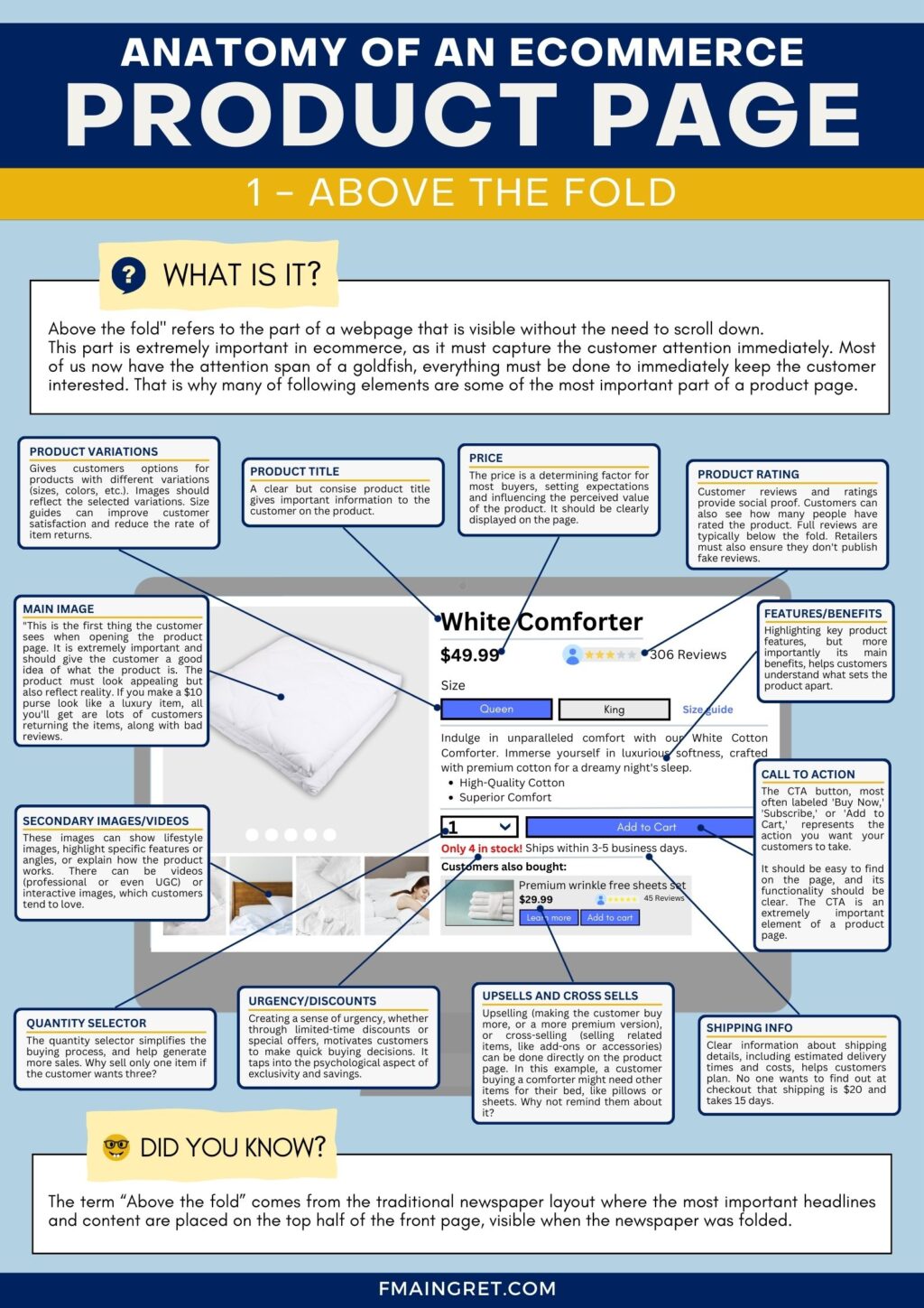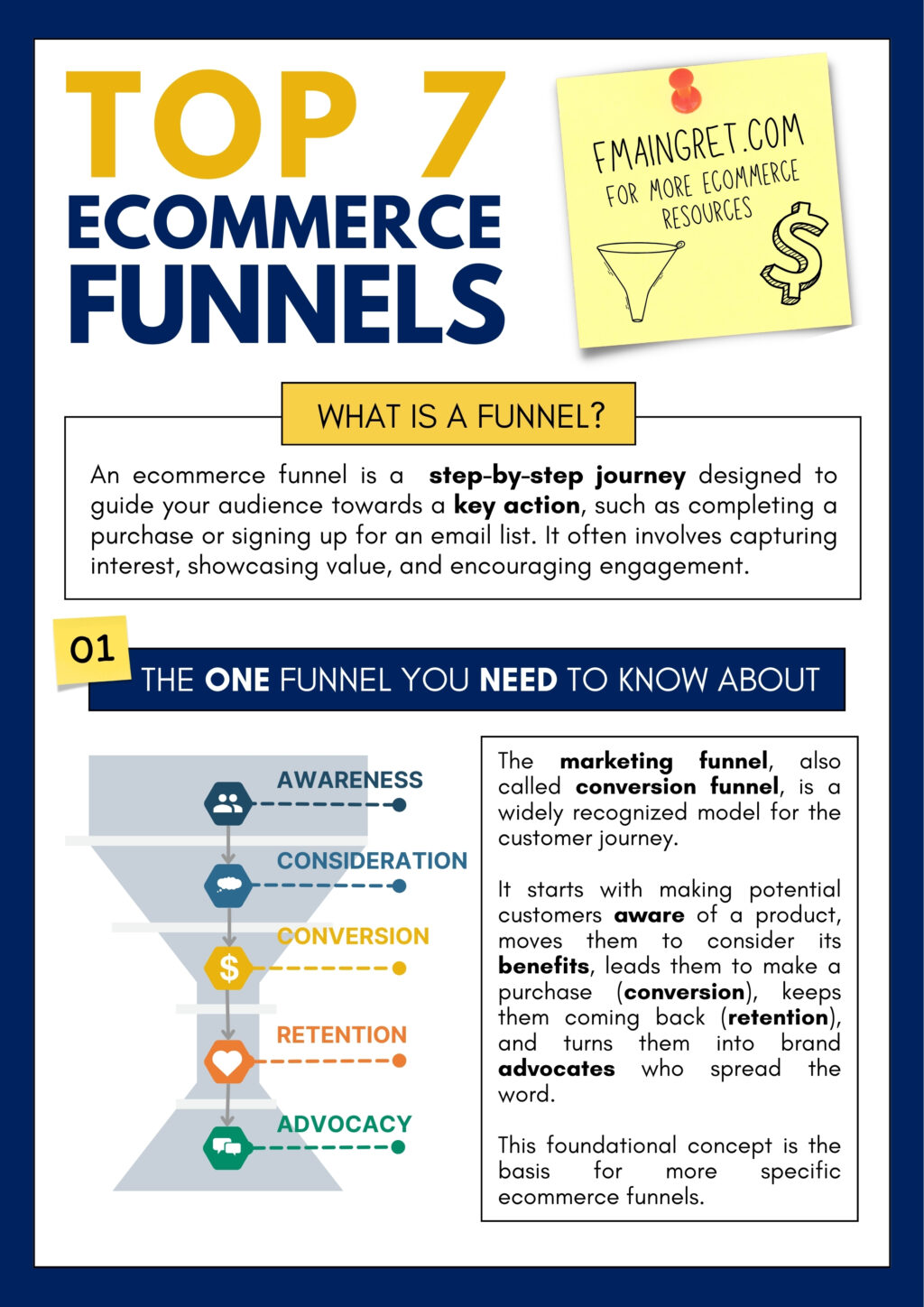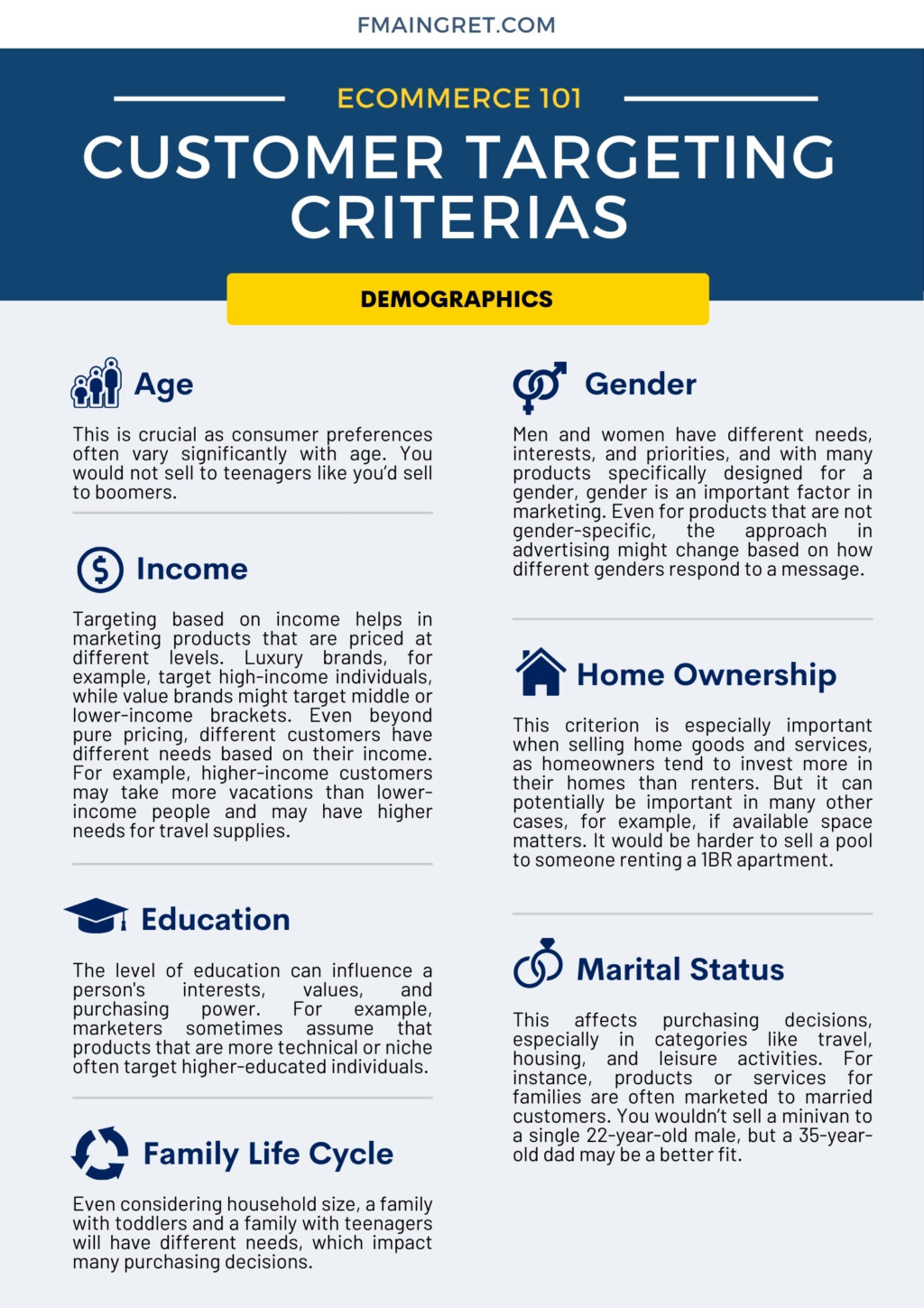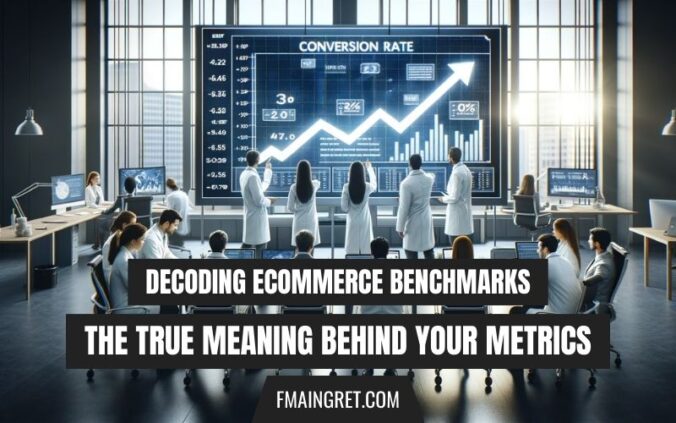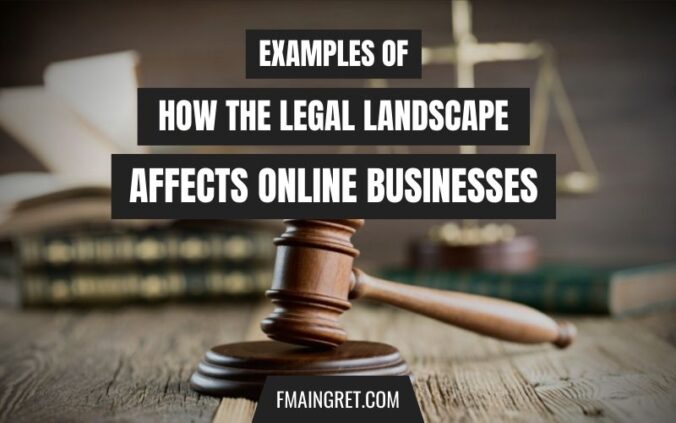
Page 2 of 6
Every company claims to be “Customer-centric”, and claims to make customer satisfaction their priority. Of course, everyone wants to keep their customers happy and maintain a good relationship with them. And in these brands-customers relationships, companies would rather see the power balance shifting towards them. It is easier said than done, even in the case of multi billion dollar businesses: customers as a whole sometimes have a lot of power over these massive companies. Some of us may remember Peloton, which was a massive success during Covid but faced customer backslash when they increased their prices and when alternatives became available again once the pandemic improved.
Continue readingI see the value proposition as the cornerstone of a successful business, something I often go back to when I discuss important business and e-commerce concepts. Another key part is marketing and how to communicate this value proposition to the world. However, I believe an often overlooked aspect is addressing the right target demographic.
Continue readingBelow is one of my recent LinkedIn Post. I wanted to also share it here on my blog, as I think the data I collected and charts I built can be insightful to those of you selling on Amazon.
Is Amazon saturated? I don’t have the answer, but I do have some interesting anecdotal data (and some good news if you’re in the market for a massage gun).
I looked at a random product, massage guns. First, the evolution of the sale price for the current top 5 massage guns on Amazon. Most launched in 2020 (the first few months of data isn’t always available).
In this super competitive world, everyone wants to see how they rank. Which football team is leading this season? What are the top 5 best-selling smartwatches? Which car has the best 0-60 times? In reality, the most important question is arguably, “Am I doing well compared to my competition?” That’s where benchmarks come in, and they’re everywhere – from tech, health, and of course the business world.
Continue readingRemember when the ecommerce world was the Wild West? Back in the early 2000s, when companies could collect any data they wanted, and there were little standards for online transaction security. Times have changed, but threats are still there, and we now see new regulations every day. Authorities and regulators must ensure that consumers are protected, and the business environment is fair for all its actors. You can hear about it in the daily news. The Federal Trade Commission is going after Amazon, the Indonesian government is taking action against social media, etc. The legal environment has a massive impact on competitive dynamics, and it is important that entrepreneurs understand the current regulations where they operate.
Continue reading